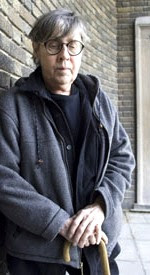
Konstantin Grabowski was born 1965 in Siberia, and lives in Germany. He graduated in painting and graphic design from the University of Omsk, where he studied from 1985-1991.
His oils and acrylics on canvas span colorful abstract, semi-abstract and figurative painting that is modern, yet has a somewhat dreamy quality.

The works are typically rich in relief and textured with multi-layered paint.
Grabowski began exhibiting in 2000. He is represented by galleries in Europe and in the U.S.
Von einem Katalogtext für Konstantin:
" Ein gutes Bild ist wie gefrorene Musik, eine Landkarte vergangener Bewegungen. Paul Klee sagte: 'Das Auge folgt den Wegen, die im Werk für es angelegt worden sind.' Aber es ist noch mehr: Schwere wird unschwer, Leichtigkeit unleicht, der Raum selbst wird aufgehoben und wie von falschen Beweisen entlastet. Es ist so wie der österreichische Schriftsteller Robert Musil sagt: 'Man hat noch eine zweite Heimat, in der alles, was man tut unschuldig ist.' "
"The function of art is to make that understood which in the form of argument would be incomprehensible."
Constantin Brancusi (1876-1957), renowned Romanian early-modernist sculptor
[See also: Art for our sake]
.

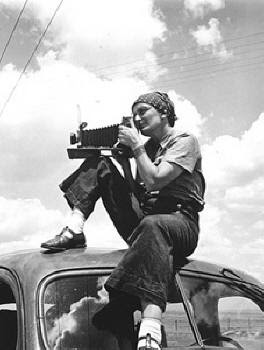

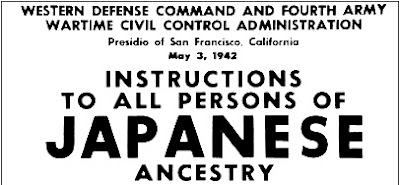
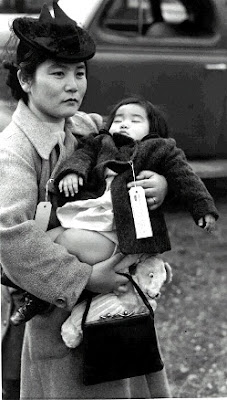
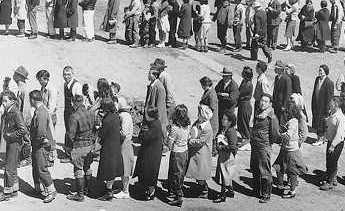







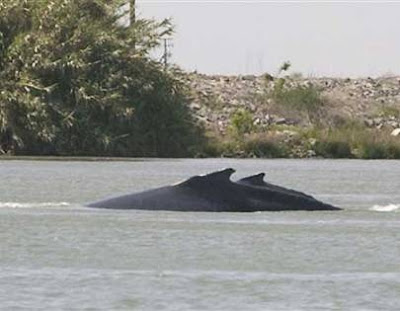
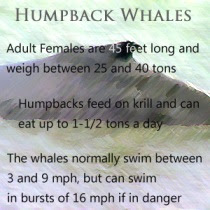 This ruling allows the Navy to use high-powered sonar in 11 planned training exercises.
This ruling allows the Navy to use high-powered sonar in 11 planned training exercises.
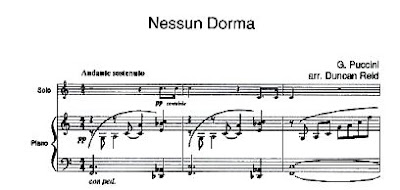

 "B-people find it easy to stay awake at night, preferring to go to bed at around 1am or 2am, but have difficulty waking in the morning, not feeling fully awake until after 10am," explains Kring.
"B-people find it easy to stay awake at night, preferring to go to bed at around 1am or 2am, but have difficulty waking in the morning, not feeling fully awake until after 10am," explains Kring. According to professor Angela Clow from the University of Westminster in London, research showed that over 10 weeks early risers were more likely to suffer from aches, colds and headaches. Meanwhile, a Southampton University study found that those who burned the midnight oil and slept-in the following day were no less healthy than the early risers.
According to professor Angela Clow from the University of Westminster in London, research showed that over 10 weeks early risers were more likely to suffer from aches, colds and headaches. Meanwhile, a Southampton University study found that those who burned the midnight oil and slept-in the following day were no less healthy than the early risers.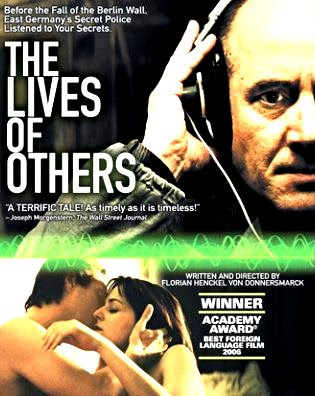


 German director Florian Henckel von Donnersmarck debuts with his feature The Lives of Others, which earned an Oscar for Best Foreign Language Film in 2006.
German director Florian Henckel von Donnersmarck debuts with his feature The Lives of Others, which earned an Oscar for Best Foreign Language Film in 2006.

